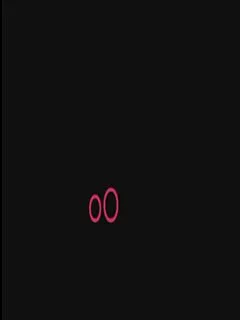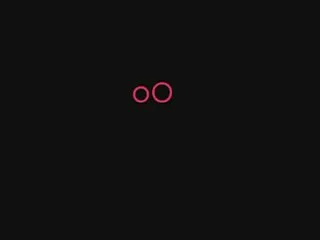我正在为Android API 16到21开发一个相机应用程序,其主要且唯一的目的是拍摄人像照片。我能够使用多种设备(Nexus 4、Nexus 5、HTC等)拍照,并使它们正确地定向(这意味着我的预览与拍摄的照片在大小和方向上都相同)。
然而,我在其他几台设备上测试了我的应用程序,其中有些设备给了我很多麻烦:三星 Galaxy S3 / S4 / S5。
在这三个设备上,预览正确显示,但是由方法onPictureTaken(final byte[] jpeg, Camera camera) 返回的图片总是侧着的。
这是从byte[] jpeg创建的位图,并在保存到磁盘之前在ImageView中向我的用户显示:

这是保存在磁盘上的图片:

如您所见,预览中的图像完全被拉伸,并在保存到磁盘后错误地旋转。
这是我的CameraPreview类(我混淆了其他方法,因为它们与相机参数无关):
public class CameraPreview extends SurfaceView implements SurfaceHolder.Callback
{
private SurfaceHolder surfaceHolder;
private Camera camera;
// Removed unnecessary code
public void surfaceCreated(SurfaceHolder holder)
{
camera.setPreviewDisplay(holder);
setCameraParameters();
camera.startPreview();
}
private void setCameraParameters()
{
Camera.Parameters parameters = camera.getParameters();
Camera.CameraInfo info = new Camera.CameraInfo();
Camera.getCameraInfo(Camera.CameraInfo.CAMERA_FACING_BACK, info);
DisplayMetrics metrics = new DisplayMetrics();
WindowManager windowManager = (WindowManager)getContext().getSystemService(Context.WINDOW_SERVICE);
windowManager.getDefaultDisplay().getMetrics(metrics);
int rotation = windowManager.getDefaultDisplay().getRotation();
int degrees = 0;
switch (rotation)
{
case Surface.ROTATION_0:
degrees = 0;
break;
case Surface.ROTATION_90:
degrees = 90;
break;
case Surface.ROTATION_180:
degrees = 180;
break;
case Surface.ROTATION_270:
degrees = 270;
break;
}
int rotate = (info.orientation - degrees + 360) % 360;
parameters.setRotation(rotate);
// Save Parameters
camera.setDisplayOrientation(90);
camera.setParameters(parameters);
}
}
为什么这段代码除了三星设备之外的其他设备都能正常工作?
我尝试在以下两个SO帖子中寻找答案,但迄今为止仍没有什么帮助:
编辑
实现Joey Chong的答案并没有改变任何东西:
public void onPictureTaken(final byte[] data, Camera camera)
{
try
{
File pictureFile = new File(...);
Bitmap realImage = BitmapFactory.decodeByteArray(data, 0, data.length);
FileOutputStream fos = new FileOutputStream(pictureFile);
realImage.compress(Bitmap.CompressFormat.JPEG, 100, fos);
int orientation = -1;
ExifInterface exif = new ExifInterface(pictureFile.toString());
int exifOrientation = exif.getAttributeInt(ExifInterface.TAG_ORIENTATION, ExifInterface.ORIENTATION_NORMAL);
switch (exifOrientation)
{
case ExifInterface.ORIENTATION_ROTATE_270:
orientation = 270;
break;
case ExifInterface.ORIENTATION_ROTATE_180:
orientation = 180;
break;
case ExifInterface.ORIENTATION_ROTATE_90:
orientation = 90;
break;
case ExifInterface.ORIENTATION_NORMAL:
orientation = 0;
break;
default:
break;
}
fos.close();
}
这是我测试正常设备的EXIF结果:
- 方向:0
以下是S4的结果:
- 方向:0